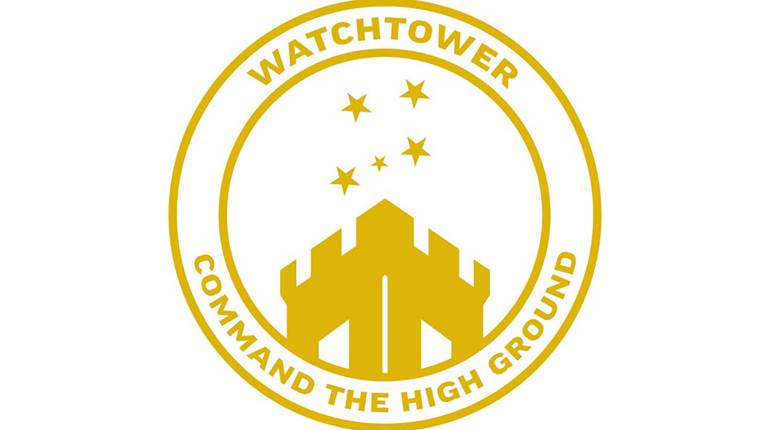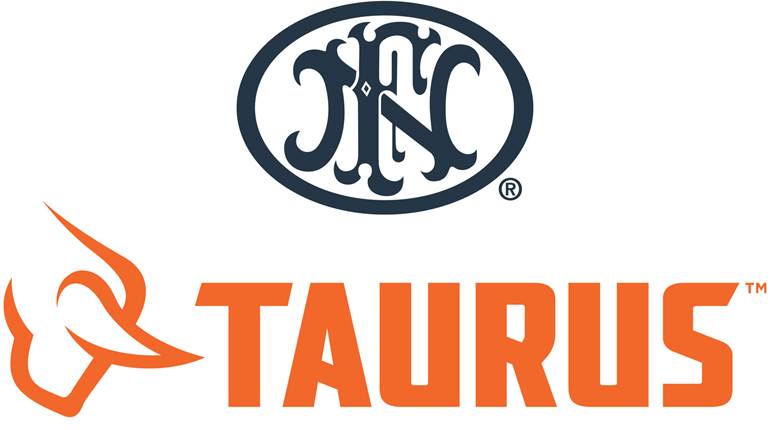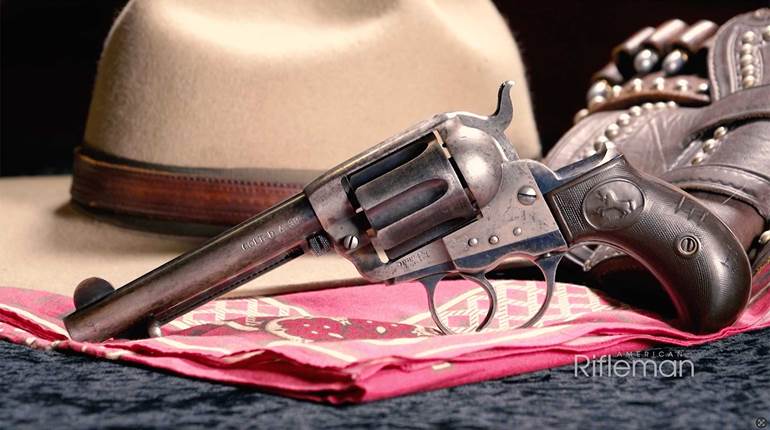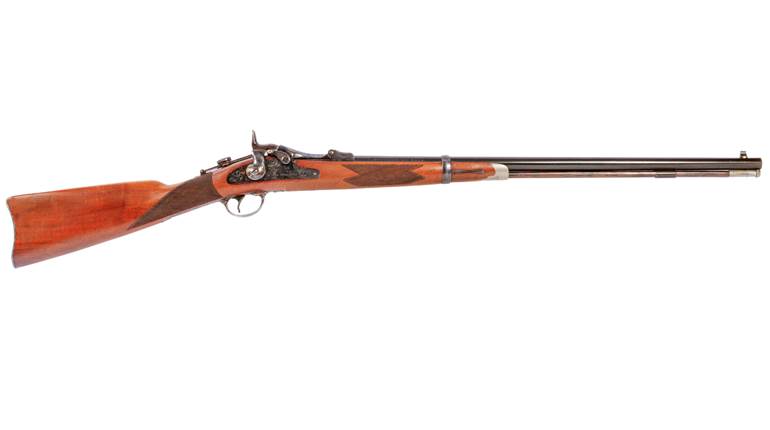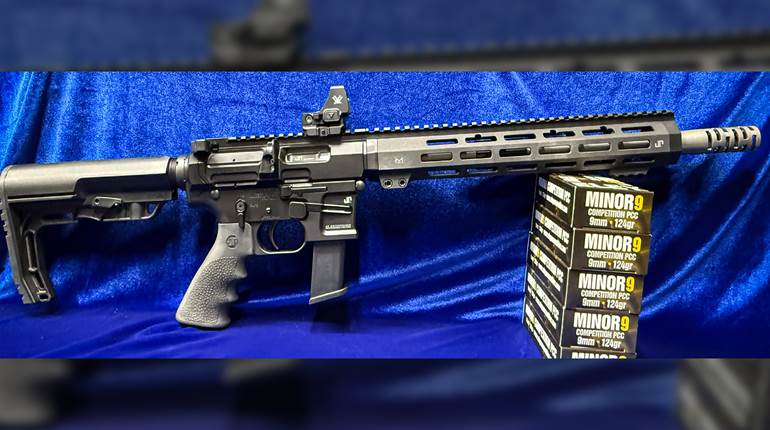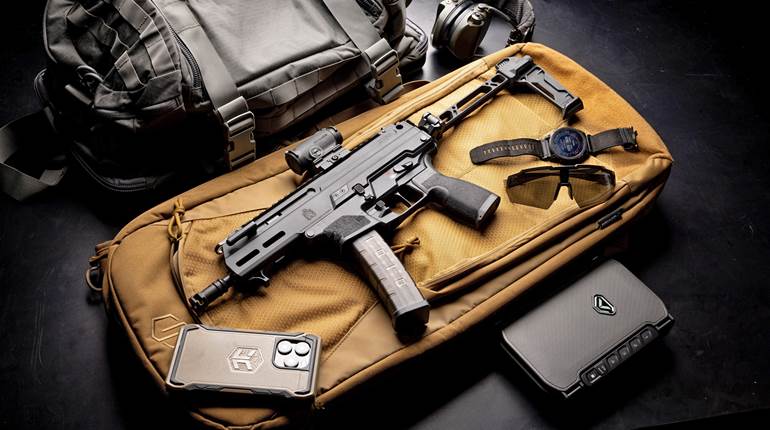
September was National Preparedness month, and Hurricane Helene issued a deadly reminder to keep survival supplies and equipment on hand when it made landfall in Florida on September 26. The death toll has already climbed to more than 200. Now that supplies are arriving, and responders are shifting focus to body recovery, that number will only grow. There’s no telling how high the it will climb in eastern Tennessee and western North Carolina.
Hurricane Milton was next, billed as the storm of the century it plowed ashore in an area of Florida where residents were still dealing with Helene’s destruction. It’s a one-two punch of historic proportions guaranteed to make the 2024 hurricane season a deadly chapter in weather history.
For the record, no amount of preparation and supplies would have saved victims caught directly in the crosshairs of the walls of water, house-shattering winds and torrents of mud that arrived so far inland and along the coast. Those so-called “acts of God,” although tragic, are thankfully a small portion of disasters that are only now coming into focus.
For the other victims now struggling to survive in the ruins of what was once their homes and neighborhoods, having the right supplies on hand and self-defense gear and training are already paying dividends.
Don’t think “I will never happen to me.” Here are some key items to keep on hand, should the unthinkable come knocking on your door.
Defense
You might survive the storm, but the real challenge often comes from two-legged predators. Whether it’s looters, armed robbers or hungry packs of thieves after supplies, having a self-defense gun and knowing how to use it properly is key.
None of this year’s reported incidents are nearly as bad as Katrina’s lessons. Shortly after it the Associated Press reported, “… Witness Justice, a Maryland-based non-profit that assists victims of violent crimes, claims to have received 156 reports of post-Katrina violent crimes; about a third of those involved sexual assaults.”
Still, what happened in late September is frightening. In Pasco, Fla., one couple returned to their home after Hurricane Helene, only to discover people inside stealing items. At a time when calling 911 might be impossible and law enforcement has its hands full elsewhere, there’s no doubt that confrontation was dangerous. In Tennessee, eight were arrested for looting. In Hudson, Fla., criminals drove through neighborhoods in the aftermath of Helene while scouting out homes evacuated before Milton.
Empty streets with law enforcement resources stretched thin is the ideal climate for criminals. If you happen to be sheltering in place when they break in, out of gas during an attempted escape to safety or return in the middle of their heist, it could turn deadly, and help is probably not on the way.
Guns & Storage
A major challenge is keeping firearms and ammunition dry and/or undamaged in a disaster. Gun safes are likely heavy and dense enough not to have vanished completely—or gone far—in flooding, but most safes are not completely waterproof. Most have holes to route electricity to dehumidifiers and lights, while others simply don’t seal out moisture well.
A few companies, however, have harnessed clever engineering principles to keep exterior water at bay for days, even weeks. The Cannon Safe Shield V2 Fireproof & Waterproof 48+6 Gun Safe, for example, is water resistant for up to 14 days in 24" of water. If wildfire is more of a concern, consider the experience of this Liberty Safe owner and the way it saved his firearms and valuables within.
Consider, too, weather-sealed gun cases. They may float off in a flood, but if the roof comes unhinged, the contents inside remain dry, and the portability’s an asset should a bug out become mandatory. Toss some desiccant in for good measure. If nothing else, keep a gun holstered on your side or nearby, even as the disaster is unfolding. Volumes have been written about survival rifles and handguns. Long guns are ideal when sheltering in place but not exactly nimble from the confines of an escape vehicle. Should you become the target of a carjacker or come into the crosshair of an armed robber while filling up the tank, a holstered handgun is a better choice.
Food And Water
Ready.gov and the American Red Cross have an inventory of the items you should have on hand at home if disaster strikes. Both recommend one gallon of water/person/day. For bugout purposes, have a three-day supply and, if sheltering in place, it should be at least enough for two weeks. They don’t mention one, but include a water filter or water purifying tablets. If things get desperate follow these tips from Clorox for boiling or disinfecting with unscented household bleach.
A non-perishable food supply that will last the same number of days is also recommended. Keep in mind, however, if the power’s out and everything’s drenched, you need a means of heating and preparing meals. At home, use the backyard barbecue (if it survived) or camping and backpacking stoves. Keep matches in a waterproof container in your bug-out bag. Spares should be stored in several locations around the house. A fire starter is a great idea, but using one takes practice. During an emergency is not the ideal time to do so.
Flashlights—not just one—and choose a model with a rating of at least IPX5 to ensure it can survive moderate exposure to water. The higher the rating the better.
Have spare batteries for everything in your survival kit and a portable radio to stay up to date with conditions and locations where food, water and gas are available. Keep cash on hand. When the power and Internet are down you won’t be using a credit card or ATM.
A first-aid kit is key, but do not forget required prescriptions and frequently used over-the-counter medications. A multi-tool and manual can opener need to be included.
You’ll also need a knife to cut cord, rope, food and kindling. Survival knives, like the Tekna Wilderness Edge Survival Knife, often come with emergency gear. A dust mask may come in handy, too.
Don’t forget a whistle and signal mirror. If the budget’s tight, the reflective side of an old CD or DVD performs the latter duty admirably. Those flashes of light may seem outdated and useless, but consider the recent experience of former NASCAR driver Greg Biffle. He was flying supplies into remote areas with his personal helicopter after Hurricane Helene and only spotted one survivor because they used a mirror to signal.
Communication
In those cases when there’s advance warning, charge up your cell phone and spare battery pack. If cell towers go down iPhone users can still punch text messages through via satellite. Here’s complete details. An SOS system is similarly available on Android phones.
Consider two-way radios. It’s a great way to keep in touch when all other communications systems fail. Handheld GMRS models are relatively inexpensive, and the best are repeater-capable, allowing a small walkie-talkie user to talk over long distances. They do, however, require an FCC license. At $35 for 10 years, with no test, it’s a bargain, especially when you consider one license covers the entire family.
From my home, safely 200 miles southeast in North Carolina, the manmade shortfalls that followed Helene became crystal clear. Donations of food, clothing, baby supplies and more poured in almost overnight from every small town within a day’s drive—not the federal government. My county is still sending truckload after truckload, each filled with items purchased by neighbors, churches and businesses to help distant strangers.
It’s the generosity of non-government entities and private citizens who were the initial source of life-sustaining supplies. Widespread communication outages continue to plague the area, now shored up with the arrival of Starlink units. Prior to that, it was exclusively ham radio operators who rode to the rescue. The National Guard was summoned after a typical governmental delay. That was followed, later, by the Biden administration finally authorizing the response of 1,000 military personnel.
The Federal Emergency Management Agency (FEMA) is now on site, accepting applications for aid, handing out supplies, offering hotel vouchers and $750 to purchase medicine or food. Unfortunately, few grocery stores, hotels and pharmacies survived, and it’s hard to get around if your vehicle is among those lost or the roads remain blocked. In addition, some victims requesting the vouchers and cash are being turned down by FEMA, according to this interview with two sheriffs on the scene. It’s the donations from the concerned public keeping them alive until some semblance of a pre-apocalyptic life returns.














